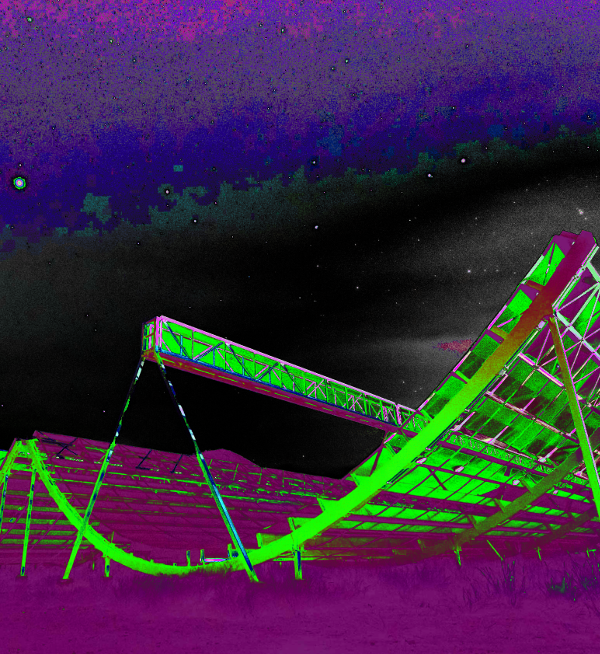Moon buildings backed
 Funding has been granted for a system to provide solar energy on dark parts of the Moon.
Funding has been granted for a system to provide solar energy on dark parts of the Moon.
In coming years, NASA’s Artemis Program will see the first crewed missions back to the Moon since the Apollo Era.
Humans will return to the lunar surface to explore and collect samples, but this time around, the scale will be entirely different.
The Artemis Program seeks to establish vital infrastructure (like a lunar gateway and a base camp) to allow for sustained lunar exploration.
NASA this week announced funding for four advanced space concepts that may one day be used on the planned lunar outposts.
Among the selections is a project by a robotics engineer at NASA’s Jet Propulsion Laboratory in Southern California, who will test a system for autonomously transporting cargo on the Moon using magnetic robots that levitate over a flexible track.
The plan is for the tracks to unroll on the lunar surface, forgoing major on-site construction needed to build roads and railways on Earth.
An industry-based researcher with Trans Astronautica Corporation has won a grant to explore a conceptual method for making soil in space using carbon-rich asteroids and fungi.
The concept suggests the fungi would break down the material and turn it into soil to grow food and sustain large-scale deep-space habitats.
An assistant professor at Carnegie Mellon University will investigate a lightweight and deployable structure design to allow for kilometer-scale structures in space.
The proposal suggests the structure could serve as the backbone of a large rotating spacecraft capable of producing artificial gravity.
Another researcher at NASA’s Langley Research Center in Hampton, Virginia, has secured funding to look into a concept for generating and distributing power on the Moon.
The “Light Bender” system would capture, concentrate, and focus sunlight using telescope optics.
The provision of power will be key to establishing any significant infrastructure on the Moon, especially in regions like the South Pole-Aitken Basin - a cratered region that is permanently shadowed.
The design for the concept was inspired by the heliostat - a device that adjusts to compensate for the Sun’s apparent motion in the sky so that it keeps reflecting sunlight towards a target.
The Light Bender system is designed to use Cassegrain telescope optics to capture, concentrate, and focus sunlight, while a Fresnel lens is used to align light beams for distribution to multiple sources located at distances of 1 km or more.
This light would then be received by photovoltaic arrays measuring 2 to 4 metres in diameter that convert the sunlight into electricity.
The system is expected to be able to power human habitats, as well as cryo-cooling units and mobile assets like rovers
“In the initial design, the primary mirror captures the equivalent of almost 48 kWe of sunlight,” says NASA Langley Research Center researcher Charles Taylor.
“End user electrical power is dependent on the distance from the primary collection point, but back of the envelope analyses suggest that at least 9kWe of continuous power will be available within 1 km.”
Significant power supplies will be needed for NASA’s planned In-Situ Resource Utilization (ISRU) elements, which include vehicles that harvest local regolith ore to be used by 3-D printer modules to build surface structures.







 Print
Print